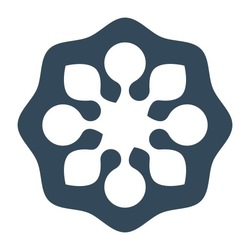This Week's Must-Try Wines from Vinous
Château Climens
Sauternes-Barsac Sémillon-Sauvignon Blanc Blend 1988
The 1988 Climens has a focused bouquet with lovely orange pith, quince, wet wool and showing a very light sea spray influence. The palate is well balanced with fine delineation, not quite as deep as the 1989. A more feminine and elegant Climens with a poised and quite persistent finish that just fades a little. Very fine. Tasted at the Climens vertical at the château in April 2022. (Neal Martin, Vinous, August 2022)
— 2 years ago
Château Climens
Barsac 1er Cru Sémillon-Sauvignon Blanc Blend 2009
The 2009 Climens is much more vibrant on the nose than the 2010 with lovely dried honey, quince, saffron and light chamomile aromas. It blossoms in the glass and gains intensity with each swirl. The palate is very well balanced with a touch of marmalade on the entry, quite tensile from start to finish with a rather long, viscous finish. This is just beginning to motor. Tasted at the Climens vertical at the château in April 2022. (Neal Martin, Vinous, August 2022)
— 2 years ago
Château Climens
Barsac 1er Cru Sémillon-Sauvignon Blanc Blend 2005
The 2005 Climens has an intense nose, dried honey and a touch of glycerine, tangerine and barley sugar. The palate is well balanced with a viscous opening, tangy marmalade mixed with white peach and white pepper, gaining momentum towards the finish that has real depth and penetration. This is a fabulous Climens with great complexity. Tasted at the Climens vertical at the château in April 2022. (Neal Martin, Vinous, August 2022)
— 2 years ago
Château Climens
Barsac 1er Cru Sémillon-Sauvignon Blanc Blend 1986
The 1986 Climens has a lucid golden colour. It demands coaxing from the glass, notes of Seville orange, marmalade, quince and lanolin. The palate is where it's all happening with a power that bowls you over. This 1986 has wonderful balance and poise, building towards a taut Clementine and apricot finish. Perhaps this is overshadowed by the end of the decade triumvirate, but it should not be ignored. From an ex-château bottle. (Neal Martin, Vinous, August 2022)
— 2 years ago



Delectable Wine

Follow to learn about our favorite wines & people.
The 2011 Climens has a fresh, lifted, mineral-driven bouquet which has closed down a little. The palate is well balanced with a fine bead of acidity, taut and fresh. A lively, tensile finish, with hints of stem ginger thatlinger on the aftertaste. This is drinking beautifully. Tasted at the Climens vertical at the château in April 2022. (Neal Martin, Vinous, August 2022)
— 2 years ago